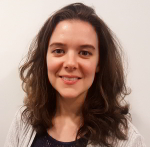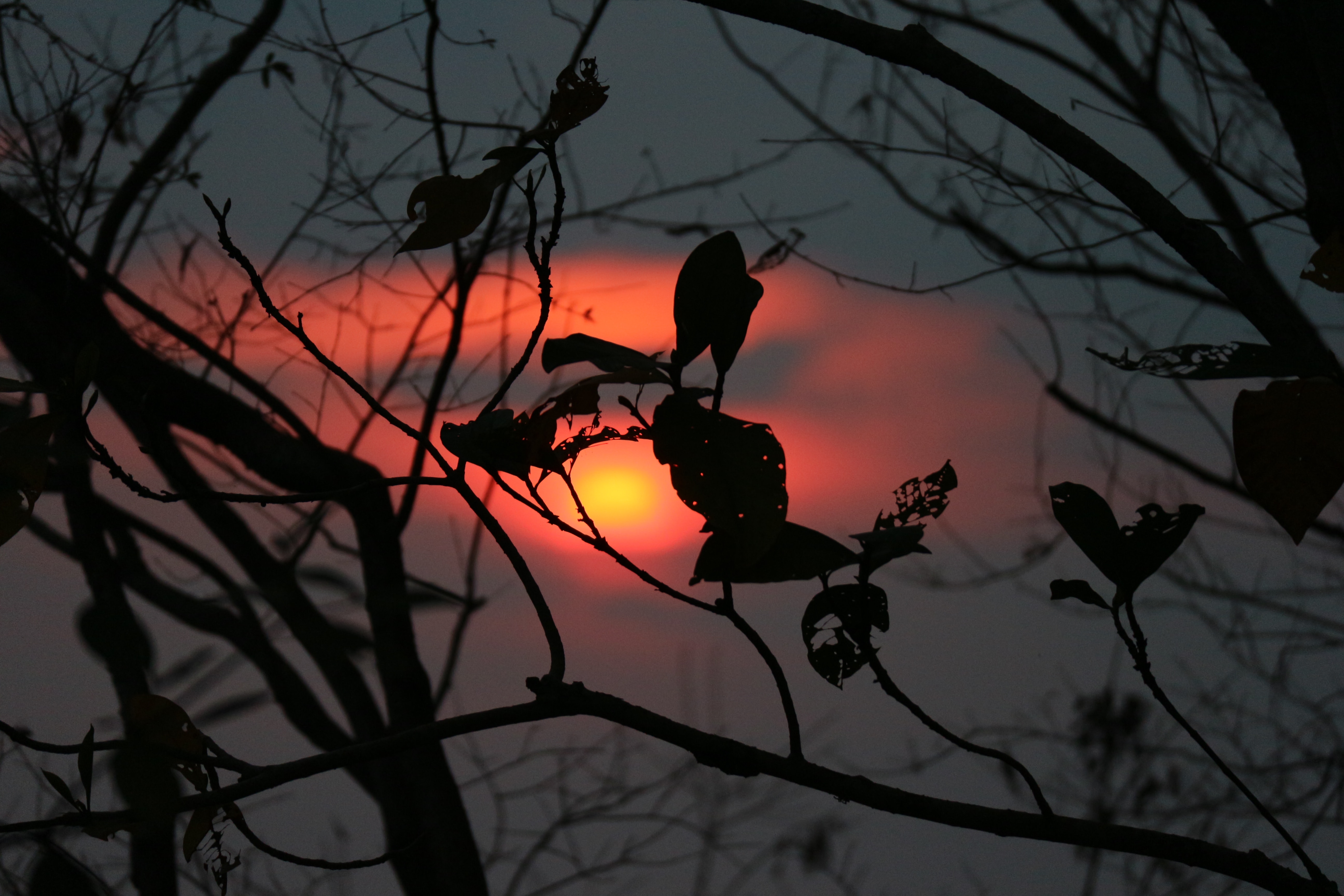This year’s CIEP conference was held online, from 2 to 4 November. Attendees from all over the world logged on to learn and socialise with their fellow editors and proofreaders, and a number of delegates kindly volunteered to write up the sessions for us. Janine Levine reviewed Editing in the era of digital nomadism and COVID-19: challenges and opportunities, presented by Marieke Krijnen.
The life of a freelance editor can be a charmed, privileged existence. We have almost unlimited freedom to work when and where we choose, be it the local library, our favourite cosy café, or a fully kitted-out home office complete with RollerMouse and treadmill desk. No one treasures this freedom more than freelance academic copyeditor and self-confessed ‘digital nomad’ Marieke Krijnen, who has lived all over the world, including countries in the Middle East and Europe and in North America. Marieke got the third and final day of the CIEP 2020 conference off to an inspiring start with her webinar, Editing in the era of digital nomadism and COVID-19: Challenges and opportunities.
Marieke is the first to acknowledge the inherent privilege in a term like ‘digital nomad’, but this lifestyle is not without its challenges. From isolation and loneliness to work–life imbalance and back pain, Marieke let us in on the secrets of how she faces down these challenges in her day-to-day life. While international travel is largely on pause, for the time being, more of us find ourselves working remotely or from home during the current pandemic, and, as Marieke illustrated in her presentation, many of the same challenges apply.
There were so many useful, practical takeaways from this webinar that I couldn’t begin to list them all here. Luckily, you can find all the information in this handout compiled by Marieke. From apps and ergonomic office accessories to online forums and social networking groups – not to mention Marieke’s tips and tricks for maintaining good physical and mental wellbeing based on what works best for her – I was heartened to learn that there are so many quick and easy things I can implement right away for a happier, healthier and more productive remote-working lifestyle. I will mention a few of my favourites.
To help with productivity, apps like Freedom can temporarily block access to certain time-swallowing websites of your choosing (Facebook and Twitter are popular choices). To combat feelings of isolation, online groups, such as those on Meetup, bring individuals working within the same profession together for a virtual version of that ‘water cooler’ effect of a traditional office environment. There are also increasing numbers of co-working spaces popping up in cities all over the world. While monthly or yearly subscriptions to these spaces can be pricey, many of them now offer day passes, so that sorely needed change of scenery once a week won’t break the bank. Or, if you can’t make it there in person, you can join a digital co-working space. Lastly, daily practices, like taking a break to do an online yoga class, or simply relocating to another room in the house midway through the day, can be the reset the body and mind need to stay focused. And sticking regularly to these practices can reduce the risk of burnout in the longer term.
The current pandemic has made working from home a reality for the foreseeable future for many of us. While a globe-trotting lifestyle may be out of reach right now, it’s clear that many of the challenges of digital nomadism apply now more than ever, to more of us than ever before. Judging by the level of engagement in the Q&A session, conference attendees found much to inspire them in Marieke’s talk. But for me, the most important takeaway of all was Marieke’s reminder to give ourselves a break. She admits that even she doesn’t manage to follow all her advice all the time, and she certainly doesn’t recommend rushing out and buying a treadmill desk right away. One small change can make a big difference.
 Janine Levine is a freelance proofreader and copyeditor based in Toronto, Canada. She specialises in non-fiction editing, including academic pieces and political magazines. When she isn’t working, she enjoys hiking and Zoom calls with friends. She is an Intermediate Member of the CIEP.
Janine Levine is a freelance proofreader and copyeditor based in Toronto, Canada. She specialises in non-fiction editing, including academic pieces and political magazines. When she isn’t working, she enjoys hiking and Zoom calls with friends. She is an Intermediate Member of the CIEP.
Posted by Abi Saffrey, CIEP blog coordinator.
The views expressed here do not necessarily reflect those of the CIEP.




